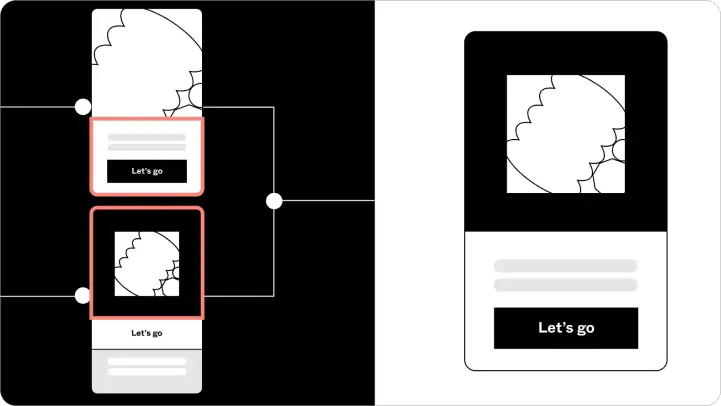In the fast-paced world of design, collaboration is key to success. As projects grow in complexity and teams become more distributed, finding effective ways to work together is essential. Enter Figma’s branching and merging feature – a game-changer that has transformed the way design teams collaborate, particularly in larger organizations with extensive design teams.
So, what exactly is Figma’s branching and merging, and why is it such a big deal?
Imagine you’re working on a design project with multiple team members. Each person has their ideas and contributions, and coordinating all of them can be challenging. With Figma’s branching and merging, you can create separate branches of your designs, allowing team members to work independently on different features or versions. This means you can experiment freely, iterate quickly, and incorporate feedback without worrying about conflicting changes.
For larger organizations with extensive design teams, this feature is a game-changer. It streamlines collaboration, breaks down silos between teams, and fosters a culture of communication and creativity. Design decisions can be documented, discussed, and implemented with greater clarity and cohesion, ensuring consistency across projects and teams.
But it’s not just about collaboration – Figma’s branching and merging also enhances productivity. Designers can focus on their respective tasks without waiting for others to finish or worrying about overwriting each other’s changes. This accelerates the design process, allowing teams to meet tight deadlines and deliver high-quality results efficiently.
In today’s fast-paced business environment, agility is crucial. Figma’s branching and merging empower organizations to adapt quickly to changing requirements, iterate rapidly, and pivot when necessary. This ensures they remain agile and responsive in an ever-changing landscape.
Moreover, Figma’s emphasis on collaboration and iteration has shifted the focus of the design industry from individual brilliance to collective creativity. Designers no longer work in isolation but collaborate closely with their teammates to create impactful and user-centric solutions.
The rise of remote work has further accelerated the adoption of collaborative design tools like Figma. With branching and merging capabilities, distributed design teams can collaborate effectively regardless of their physical location, paving the way for a more flexible and inclusive work environment.
In conclusion, Figma’s branching and merging feature represents a significant advancement in design collaboration. It enables teams to work more efficiently, maintain consistency, and deliver high-quality results at scale. As the design industry continues to evolve, Figma’s branching and merging capabilities will undoubtedly play a central role in shaping the future of design collaboration.

